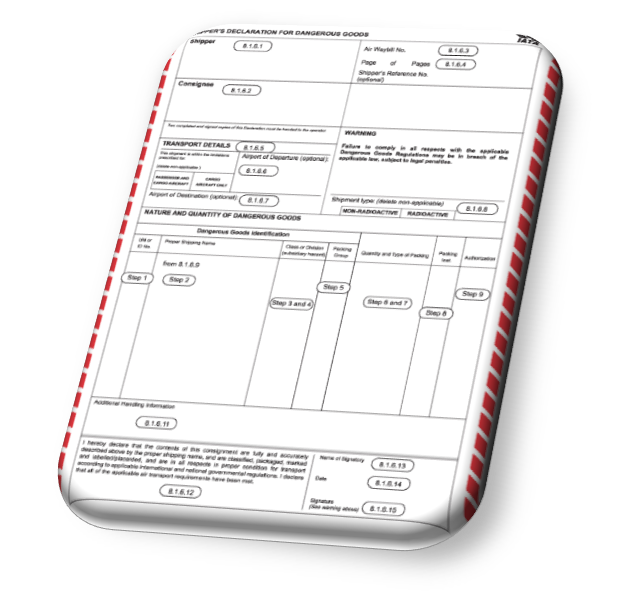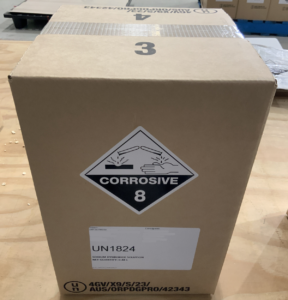Dangerous Goods Operations
Dangerous Goods Transport Documentation
Dangerous Goods Transport Documentation. Providing documentation for dangerous goods during transport is crucial for several reasons.
Safety: The primary reason for documenting dangerous goods is to ensure the safety of individuals, property, and the environment.
Dangerous goods can pose significant risks if mishandled or if there is a transportation incident.
Proper documentation helps in identifying and mitigating these risks.

Regulatory Compliance: There are international and national regulations, such as the International Maritime Dangerous Goods (IMDG) Code, the International Air Transport Association (IATA) Dangerous Goods Regulations, and the Australian Dangerous goods Code for Road & Rail.
These regulations mandate the provision of specific documentation to ensure that dangerous goods are transported safely and in compliance with legal requirements.

Carrier and Handler Awareness: Transportation companies, carriers, and handlers need to be aware of the nature of the goods they are transporting.
Documentation provides them with essential information about the potential hazards, handling instructions, and emergency procedures, enabling them to take necessary precautions and respond appropriately in case of any issues.

Emergency Response: In the event of an accident or emergency during transport, accurate documentation helps emergency responders understand the nature of the hazardous materials involved.
This information is crucial for developing an effective response strategy and minimising the impact of the incident.
Communication and Transparency: Documentation serves as a means of communication between various parties involved in the transportation process, including shippers, carriers, regulators, and emergency responders.
Transparent and accurate information in the documentation ensures that everyone is on the same page regarding the nature of the dangerous goods being transported.
In summary, providing documentation for dangerous goods during transport is a fundamental practice to ensure safety, comply with regulations, enable effective emergency response, facilitate customs clearance, promote communication, and address liability and insurance considerations.
If you want to know more about our dangerous goods services, or need assistance with your dangerous goods, click the button.

